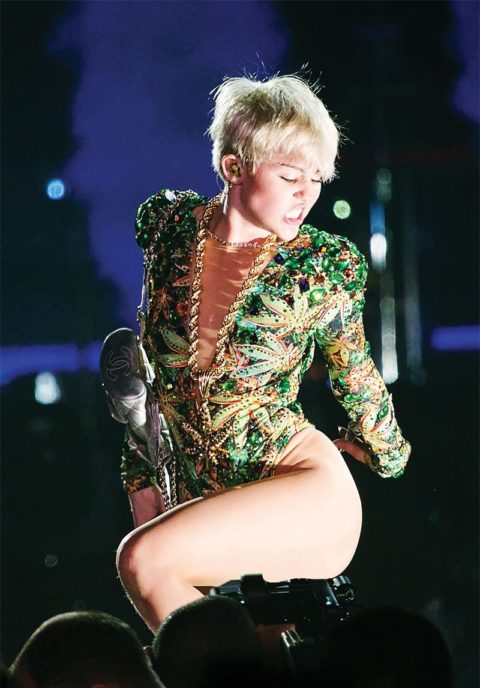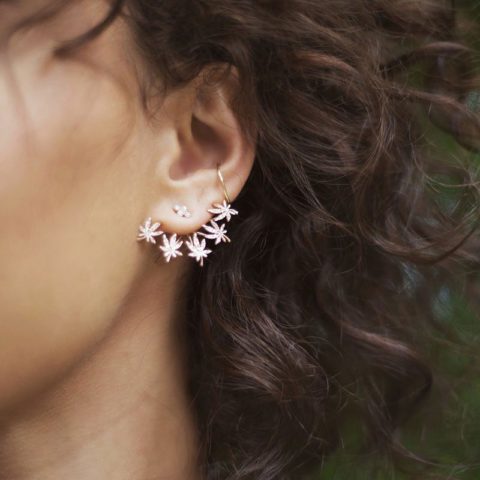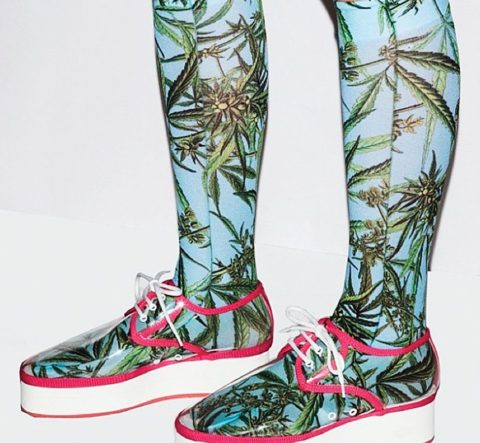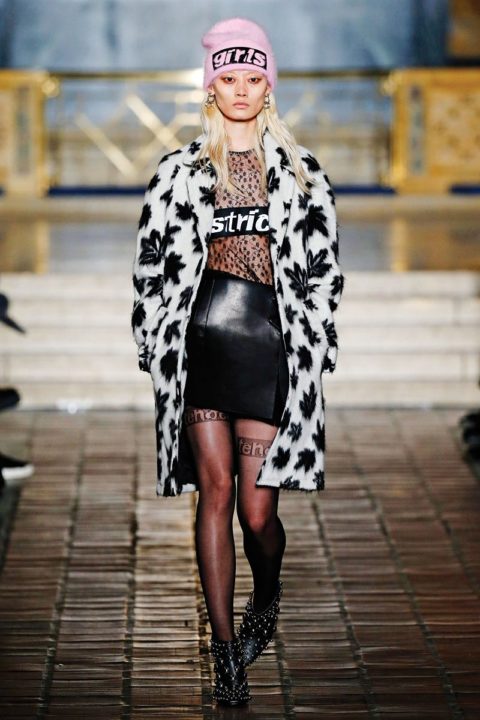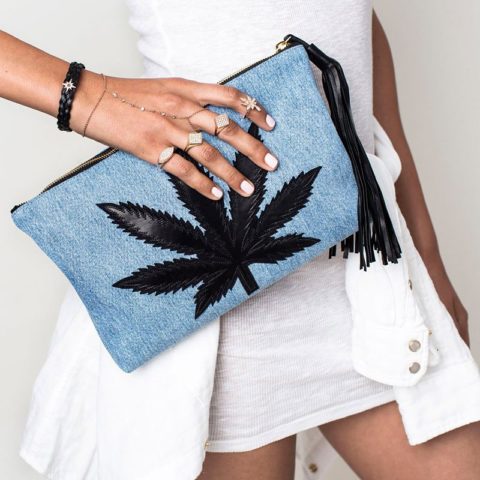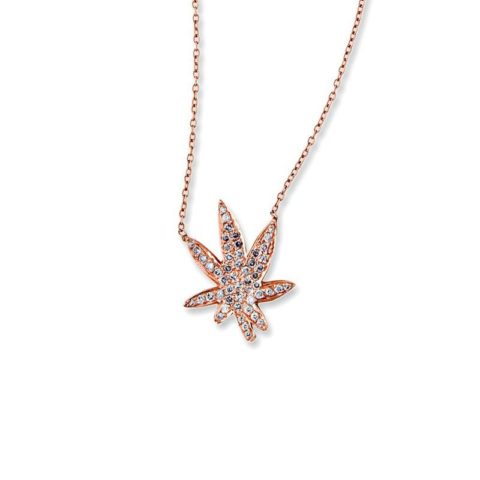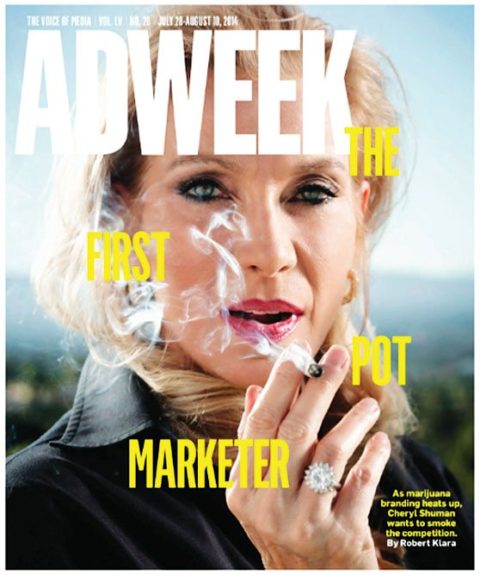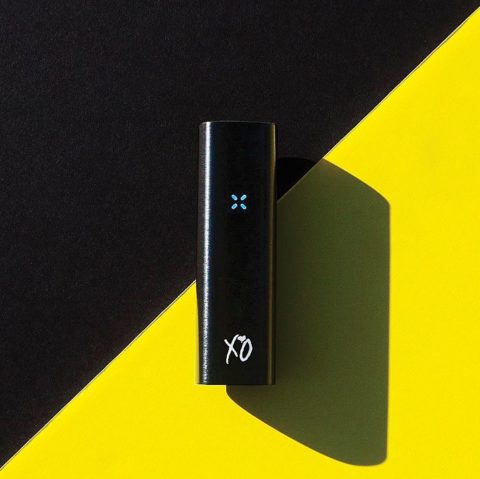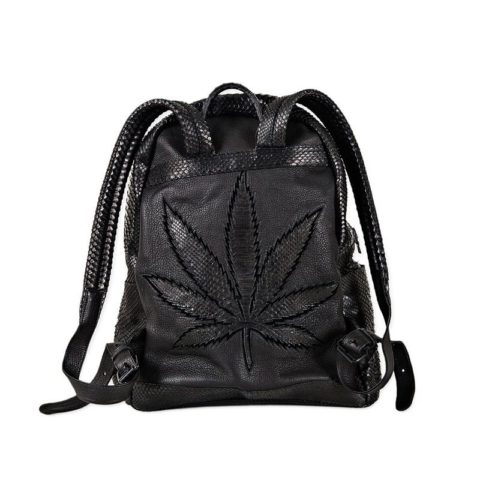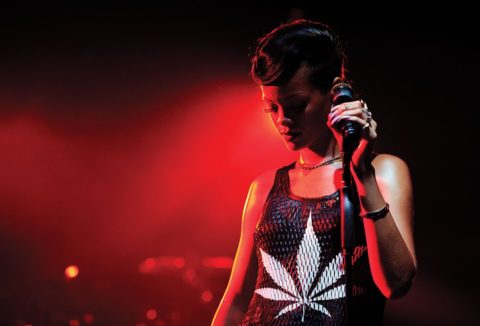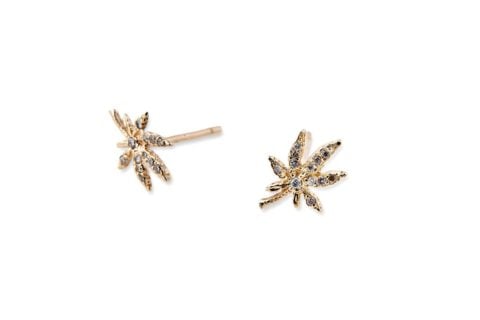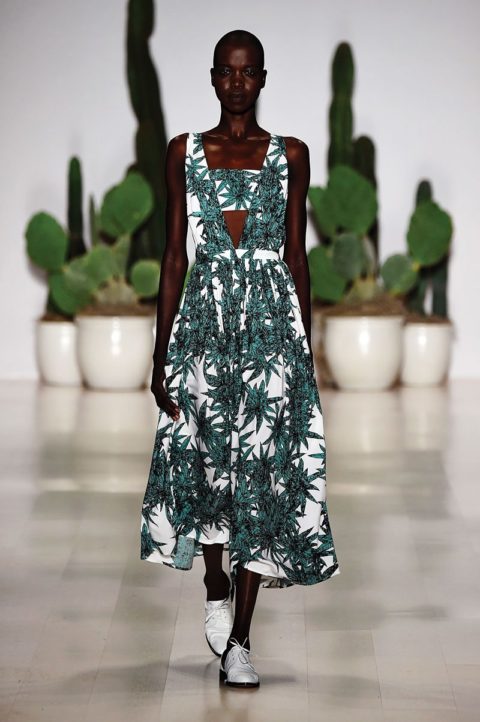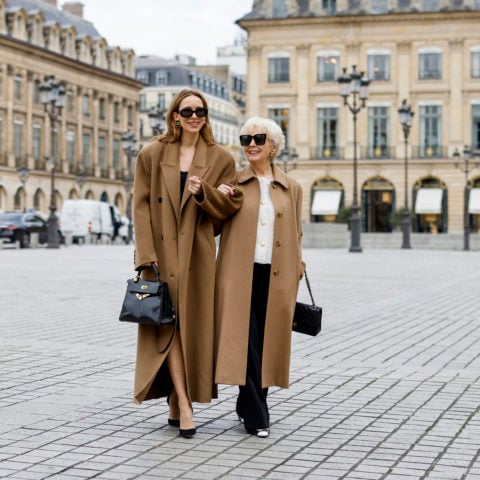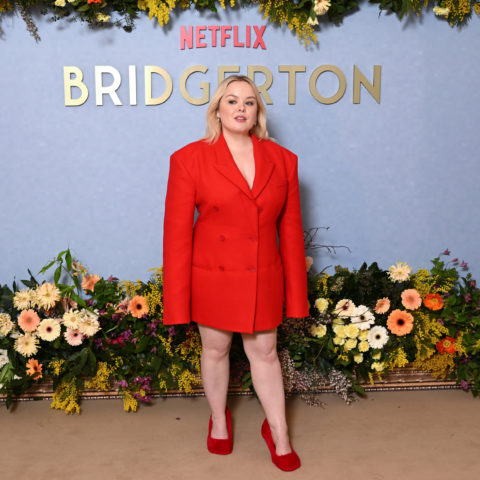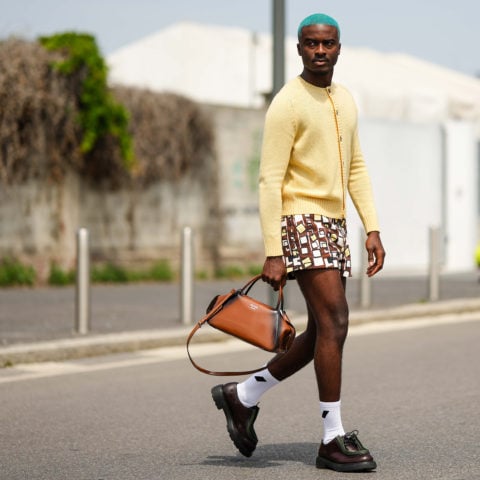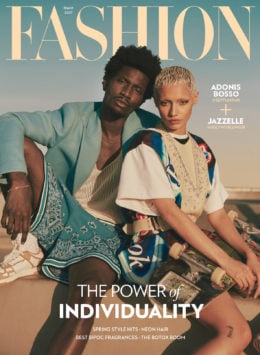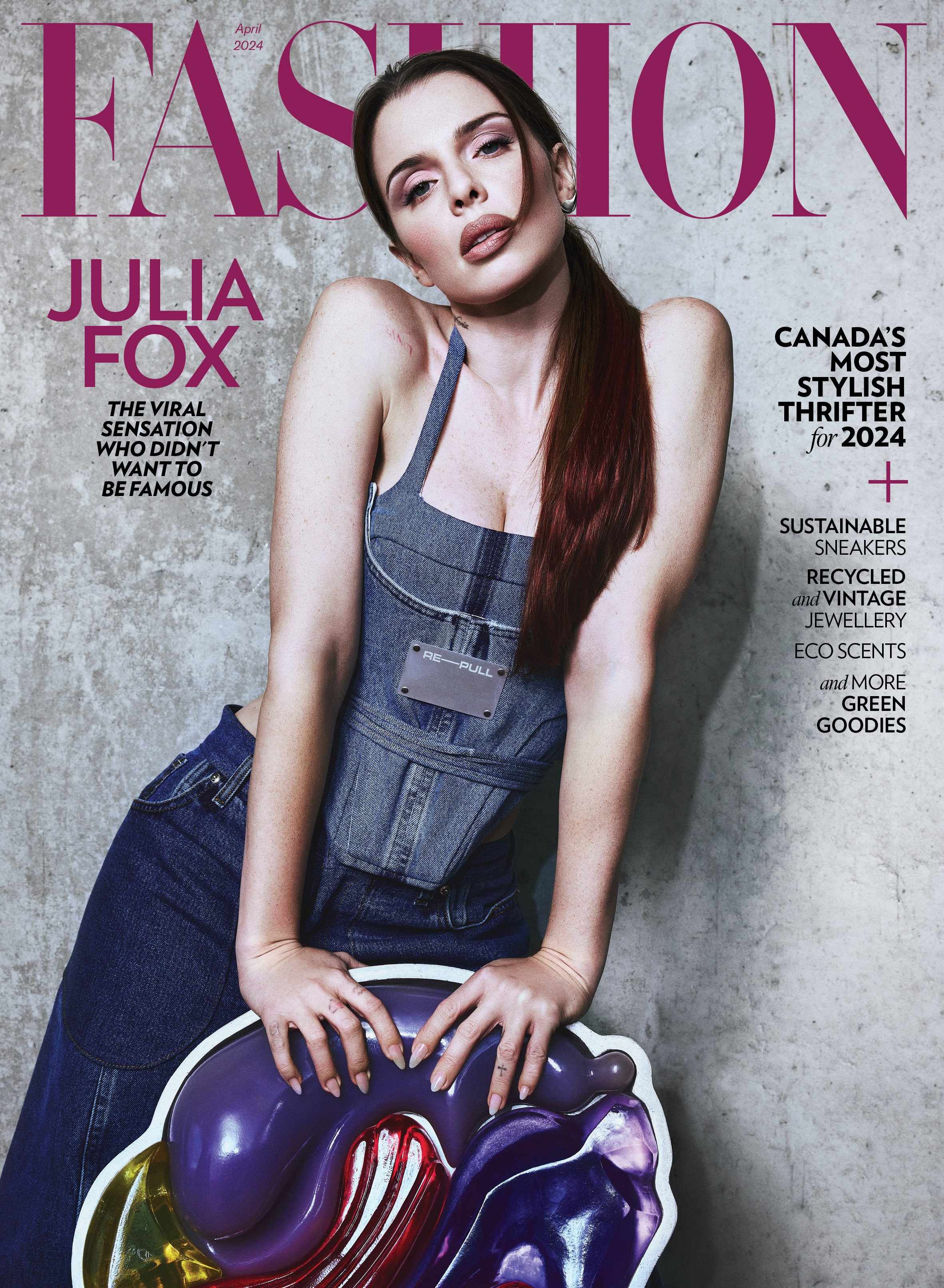Marijuana in Fashion: How Cannabis Became a Recurring Trend in the Industry
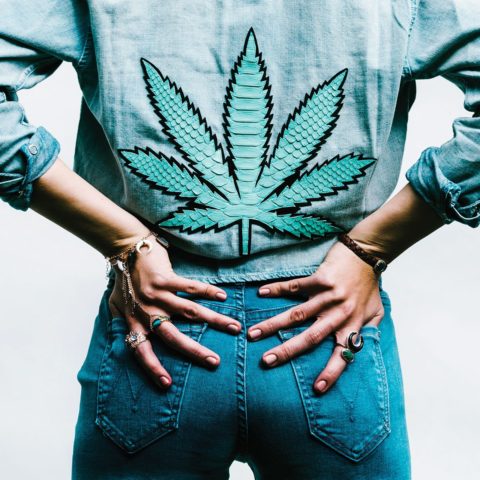
When Vogue published a piece on the stylishness of Justin Trudeau in December 2015, it neglected to mention one of his most fashionable qualities: his pro-marijuana stance. Throughout the 2015 election, one of the Liberal Party’s buzziest campaign platforms was a promise to get to work “right away” on legalizing marijuana. The Prime Minister couldn’t be more in step with the fashion world, which is riding high on reefer madness. As stylish trailblazers like Miley Cyrus and Rihanna wear their blunt-loving hearts on their sleeves with pride, designers and product developers are putting a chic, new spin on stoner style. And it’s a far cry from the dopey duds of yore.
While this creativity may manifest in myriad ways, in the most literal sense ready-to-wear designers are using cannabis motifs in their collections. For Spring 2015, Mara Hoffman wove cannabis leaves across floaty maxi-dresses and trousers. Alexander Wang incorporated black-and-white pot designs into his Fall 2016 mohair skirts and coats for a grunge-inspired statement. Print provocateur Jeremy Scott, who reportedly abstains from all substances, greenwashed the Adidas logo in 2012 for a sweatshirt that was spotted on pot-loving hip hop star A$AP Rocky. And then there’s Vetements: the buzzy label made headlines last year after releasing a weed-grinder necklace.
Despite these overt homages, many designers are still hush-hush about their reasons for including the plant in their collections, with several declining to provide a comment about any fondness for cannabis. If they’re worried about being associated with any lingering stoner stigma, they can rest assured that the hippie-dippie stereotype is quickly going up in smoke as more successful professionals open up about their love for bud.
Los Angeles-based fine jewellery designer Jacquie Aiche, who founded her namesake line in 2007, is best known for her cannabis-inspired Sweet Leaf motif. “It has come to symbolize freedom, happiness and healing—all in a simple, beautiful form,” says Aiche. The delicate leaf shape can be found in pavé diamond earrings, necklaces, rings and snakeskin clutches, the latter retailing for $2,000 U.S., and boasts a contingent of famous fans that includes Rihanna, Kendall Jenner and activist Bianca Barnhill, who recently wore the diamond studs to the White House. Similarly, Ryley O’Byrne of Vancouver’s Strathcona Stockings has, since 2011, been integrating cannabis prints into her silky Mary Jane knee-highs, which have been worn by the likes of M.I.A., Grimes and Solange Knowles. “For me, growing up and being based here, it felt right to use the plant as inspiration, as I use botanicals heavily in my art and work,” says O’Byrne. “But I wanted to make a more elegant and intricate version of this already familiar motif.”
Framing the plant as a luxury good is the focus of the rebranding efforts of activist Cheryl Shuman. Founder of the Beverly Hills Cannabis Club, Shuman calls on her background in luxury eyewear product placement, with stars like Jennifer Aniston and Michelle Pfeiffer, to help normalize the appearance of cannabis on screen and among her A-list social circle. “I would go as far as saying that 70 per cent of the celebrities I know are cannabis consumers or cannabis friendly. It’s such a common thing here, it’s no big deal,” she says. “Justin Timberlake likes it! Cameron Diaz likes it!” Shuman regularly hosts dinner parties prepared by Michelin-star chefs, where each course—plated on fine china, of course—is served with a different strain of locally grown cannabis.
As with connoisseur-level consumption of any artisanal good, like wine, craft beer or coffee, presentation is key. “It really is about the packaging,” says Shuman, who subscribes to the Tiffany Theory, which asserts that the right product presentation can indicate something of class and quality. “With cannabis, you can show that it’s something high society approves of,” she says. “I hate to say it’s an elite world, but, quite frankly, it is.” Accessorizing your habit can be a fun exercise in personal expression, with a growing array of stylish vaporizers, pipes, atomizers and storage solutions to suit every taste. The Pax vaporizer, described by Colorado-based pot style writer Katie Shapiro as the “It vape,” is a sleek USB-charged smoking tool that retails for $360 online and at fashiony boutiques like New York’s Opening Ceremony. It has found fans in everyone from actor Amy Schumer to Toronto’s The Weeknd, who has collaborated with Pax on a limited-edition branded vape (the singer says it “works like a charm and looks dope”).
Melissa Stewart,* a 29-year-old professional from Toronto who works in the fashion industry, says she loves the ritual that comes with partaking in cannabis. She grew up in a pot-friendly household (her father taught her how to roll a joint) and today her smoking accessories match her signature style: a timeless mix of classic vintage pieces with modern silhouettes. “I have a 1950s gold mother-of-pearl inlay cigarette case, a 1920s silver etched lighter, an early 1900s Player’s Navy Cut cigarette tin, a small pair of modern gold scissors, a silver SharpStone grinder, a hand-carved wood pipe, a black G Slim one-hitter and a black G Pro vaporizer,” she says. Despite her lifelong appreciation, she stops short of wearing anything adorned with a pot leaf. “It’s so tacky,” she says.
Tacky or not, cannabis is making headlines. In cities across the country, dispensaries continue to sprout like, well, weeds, awaiting Canada’s official seal of approval, a move expected by July 2018. “Fashion, as always, will pick up on what’s happening in our culture and incorporate it in its own way,” says Shapiro. “But what’s exciting is that the change is happening and cannabis can be chic.” And clearly, it already has Canada’s vote.
*Name has been changed

